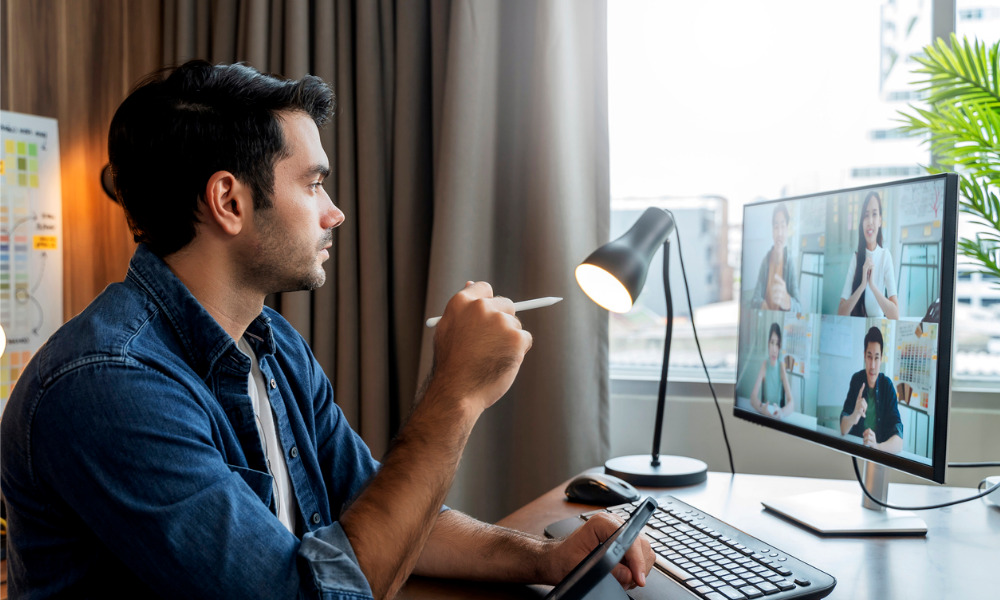
Employee experience doesn't have to suffer with a distributed workforce

It’s one of the biggest questions facing business leaders who are considering adopting a full-time hybrid working arrangement: Will our culture and the overall employee experience (EX) suffer in the long-term?
A number of major Australian employers, including tech firms like Atlassian and Canva, have already embraced hybrid working, recognising that flexibility is no longer a negotiable factor for many employees. In the talent-short market we’re in, employees will simply vote with their feet. According to Gartner research, four in 10 knowledge workers are at risk of leaving if their organisation implements a hard return-to-the office.
To get a better understanding of how organisations build a strong EX virtually, HRD spoke to Jo Hardwick, Foot Locker’s vice president of HR APAC, and a speaker at the upcoming HR Summit Brisbane. She’ll be discussing how the global sportswear retailer has tackled the challenge during the pandemic, alongside panellists from Accor, St Vincent’s Health and Shell Energy.
Read more: Flexible working: Is it given or is it earned?
Hardwick said thankfully the company had a strong sense of culture pre-pandemic, but as COVID-19 arrived in Australia, the business had to be far more intentional.
“We’re trying really hard not to be too forced. We have a lot of young people working for us, and we know that young people don't want to have forced fun,” she said. “We also talk a lot about how we keep the informal moments in our interactions as well.
“There are some key things we do just to have regular touch points with our people. We've had teams who have tried to adapt their work styles to be a bit more agile, so they will do a daily check in at the beginning of each day. It’s quite informal and it’s intended to replace what you would organically do in a work environment when you walk past someone's desk. So we're doing more of that agile stand-up philosophy in a virtual way.
“The other thing we're working really hard on is around meeting etiquette and meeting norms. When do we turn cameras on? When is it okay to have cameras off? How do you make sure that you're still connecting with people, even though you're not sitting in the same room or going for a coffee? It’s those social connection points we’re missing.”
It's easy for work to become highly transactional when employees are remote. But a simple way to foster connection, especially with new recruits, is to dedicate airtime to topics outside of work. For managers to get to know new hires, Hardwick said it’s important not to forget about what makes them tick on a human level.
Read more: Microsoft ANZ's head of HR reveals six factors to successful hybrid working
Like many other retail organisations, Foot Locker has keenly felt the impact of lockdowns. Faced with uncertainty and the health risks to staff, the organisation took the decision to close even when it was not mandated by state governments. As a result, a key focus has been how to keep staff connected to the organisation during periods of stand-down.
“We've pivoted the way that we engage with our team members, and come up with ongoing engagement activities,” Hardwick said. “We’ve put on extra training when people were not in the workplace. We've also done some additional work with our EAP provider, where we've had them come and run webinars on keeping yourself mentally healthy and how to look out for each other in the time of a pandemic. We’ve taken those types of opportunities that you don't ordinarily get in a retail environment to bring the team together.”
Foot Locker has also continued to celebrate its staff – but in a virtual way – with its annual award ceremony.
Hardwick will share more about building a great EX alongside her fellow panellists at the event being held virtually on October 20-21. Click here to see the full HR Summit Brisbane agenda and reserve your spot.